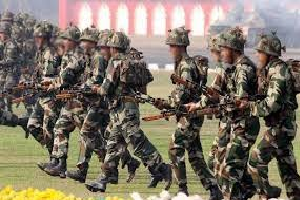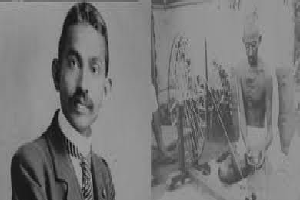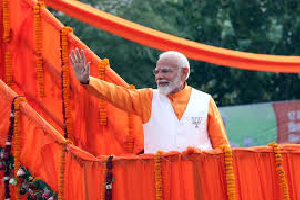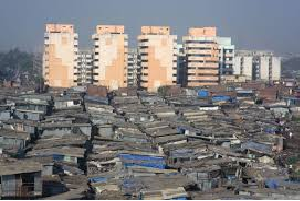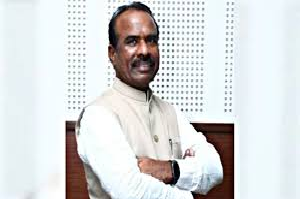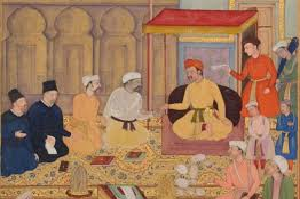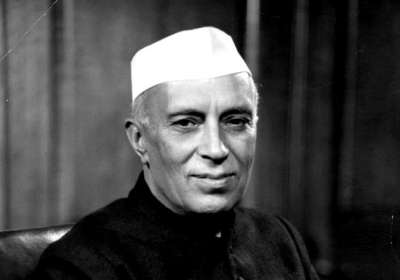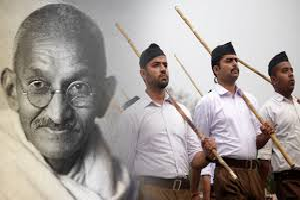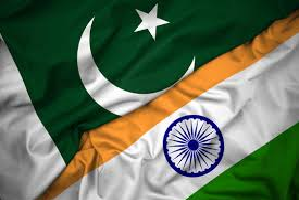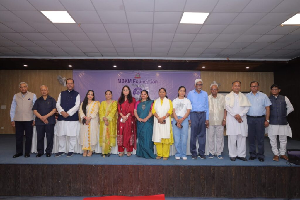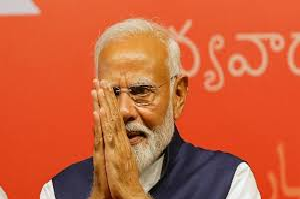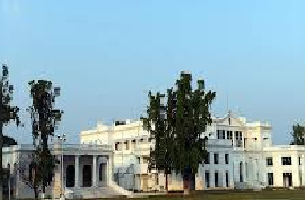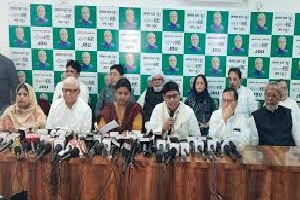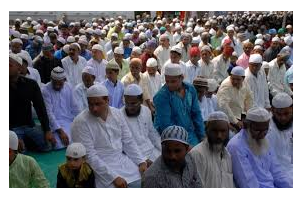20

Today’s Edition
New Delhi, 20 December 2023
Prof. Lallan Prasad
India's economy is the fourth largest and fastest growing economy in the world. The country's gross income has almost doubled in the last 10 years. According to a report of the United Nations, while there were 64.45 crore people in India below the poverty line in 2005-06, this number came down to 23 crore in the year 2019-21.
India's efforts to eradicate poverty were considered commendable, but a large part of the population is still struggling with poverty. Especially the condition of workers in the unorganized sector is pathetic. According to the Economic Survey 2021-22, there are 43.99 crore people in this region. Recently, the Rat- Hole miners played an important role in rescuing the workers trapped in the tunnel being built in Uttaranchal. Most of them said that for a few days our work will be appreciated and we will be rewarded, but after that we will again have to live our lives in poverty. Our income is not enough to meet the needs of our family, provide education to our children and live a happy life.
Whatever the statistics may say, a large number of workers in the unorganized sector are still below the poverty line. Compared to workers in the organized sector, their wages are very low, social security, protection from accidents at work, housing, medical and educational facilities are negligible. Despite legal provisions and many government schemes, the process of change in their economic condition is slow. The benefits of development do not reach them as much as the contribution they make to the economy through their hard work.
The Ministry of Labour, Government of India has divided unorganized workers into four categories:
According to profession- small and marginal farmers, landless farmers, landless agricultural labourers, sharecroppers, fishermen, cattle rearers.
On the basis of ownership- self-employed, allied agricultural labourers, bonded labourers, contract and casual labourers.
Very distressed - those who carry manual scavenging, those who carry burdens on their heads, those who drive animal carts, those who transport goods.
Those engaged in service – midwives, domestic workers, fishermen, street vendors selling fruits and vegetables, newspaper sellers etc.
Apart from these categories, weavers, spinners, weavers, dyers, rickshaw pullers, workers in cottage industries, artisans making brass utensils, locks etc., and those working in printing presses and workers in the unorganized sector earning their living by doing small businesses belong to this segment of society. Moreover, workers in the unorganized sector living in villages are poorer than those in cities.
The economic condition of women workers working in the unorganized sector is even worse than that of men. They are treated discriminately, they do not get equal pay for equal work as men. Many such jobs are not given to them which they can do well because it is not considered women's work. With such clichéd arguments, women are deprived of their right to work. They are also victims of sexual harassment and exploitation. The situation of child labor is even worse. While on one hand they are deprived of education, their physical and mental development is halted, their self-esteem and their potential are taken away, on the other hand their future is also put into darkness.
When the family is unable to meet the expenses, poor parents put their children to work. The law does not allow employing children below 14 years of age, but this is not the case in real life. There are also incidents of children being held hostage for not being able to repay the loan, they are made to do forced labour, they are also victims of physical, mental and sexual harassment.
Except for some laws which are made only for organized sector workers, the provisions of all the rest are also for unorganized sector workers but they do not get the same benefits. Lack of education, lack of knowledge of law, lack of resources, neglect of government system are the main reasons for this. The Unorganized Workers Social Security Act is in force since 2008. Pradhan Mantri Shram Yogi Maandhan Yojana has also been made for the workers in the unorganized sector. All government schemes for poor welfare: The benefits of Pradhan Mantri Garib Kalyan Anna Yojana, Jan Dhan Yojana, Awas Yojana, Rural Housing Scheme, Ujjwala Yojana, Antyodaya Yojana, Ayushman Bharat Yojana etc. are also available to the workers in the unorganized sector like others. Workers in the unorganized sector can also avail the benefits of some schemes in which contribution is payable like Pradhan Mantri Suraksha Bima Yojana, Jeevan Jyoti Bima Yojana, Atal Pension Yojana etc.
If participation of unorganized sector workers in poor welfare schemes is encouraged and ensured, their economic condition can improve rapidly. So far, about 29 crore workers have been registered on the labour portal created by the government. Registration is helpful in availing the benefits of schemes in which the government deposits money directly into the accounts of the poor. The social security boards set up for unorganized workers in the states should change their working style and made worker friendly.
---------------


